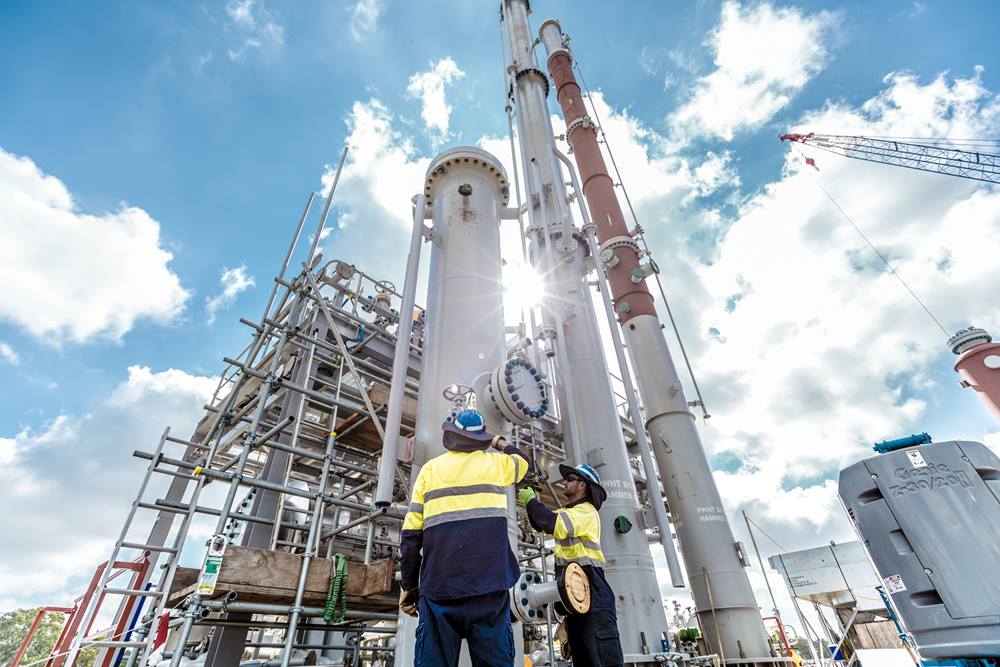The integration of solar energy into Australia’s liquid natural gas (LNG) industry could dramatically reduce Australia’s carbon footprint and create thousands of jobs, a report from the Charles Darwin University and federally-funded NERA concluded.
The research focussed on the gas facilities in the Northern Territory, Queensland and Western Australia, finding a “considerable amount of solar PV power” could be integrated into LNG plants through retrofitting. “If the maximum amount of technically feasible changes identified through this approach are enacted, it is estimated that the onshore LNG plants in the [Northern Territory] would reduce carbon dioxide emissions by 19%, Queensland by 18% and [Western Australia] by 21% from the emissions arising due to their electricity and stationary energy demand,” the report read.
“That equates to around 96 exajoules per year of natural gas that could be freed up from the liquefaction process chain and emissions reductions of about 5 million tonnes of CO2 emissions per year at existing production capacities, which amounts to about 1% of Australia’s current total emissions,” it added.

The report, produced with support from Santos, Sun Cable and the Northern Territory government, used the Santos-operated Darwin LNG facility as a technical case study to examine the potential to decarbonise gas facilities.
The report’s authors concluded solar energy integration was potentially economically viable to offset up to 50% of the plant’s emissions from electricity generation. Additional savings of nearly three times that amount could be offset with solar energy by retro-fitting ‘helper motors’ to partially electrify the plant’s compression turbines which currently run on gas.
“With net zero goals being set globally, the LNG industry must explore all opportunities to decarbonise if it wants to stay relevant and sustainable for the decades to come,” NERA’s CEO, Miranda Taylor, said.
The report also found the integration of solar energy into the industry could increase the nation’s energy security by saving over 97 million gigajoules of gas a year — equivalent to more than 10% of domestic demand — and create over 1,000 construction jobs and 868 ongoing jobs.
This content is protected by copyright and may not be reused. If you want to cooperate with us and would like to reuse some of our content, please contact: editors@pv-magazine.com.









1 comment
By submitting this form you agree to pv magazine using your data for the purposes of publishing your comment.
Your personal data will only be disclosed or otherwise transmitted to third parties for the purposes of spam filtering or if this is necessary for technical maintenance of the website. Any other transfer to third parties will not take place unless this is justified on the basis of applicable data protection regulations or if pv magazine is legally obliged to do so.
You may revoke this consent at any time with effect for the future, in which case your personal data will be deleted immediately. Otherwise, your data will be deleted if pv magazine has processed your request or the purpose of data storage is fulfilled.
Further information on data privacy can be found in our Data Protection Policy.